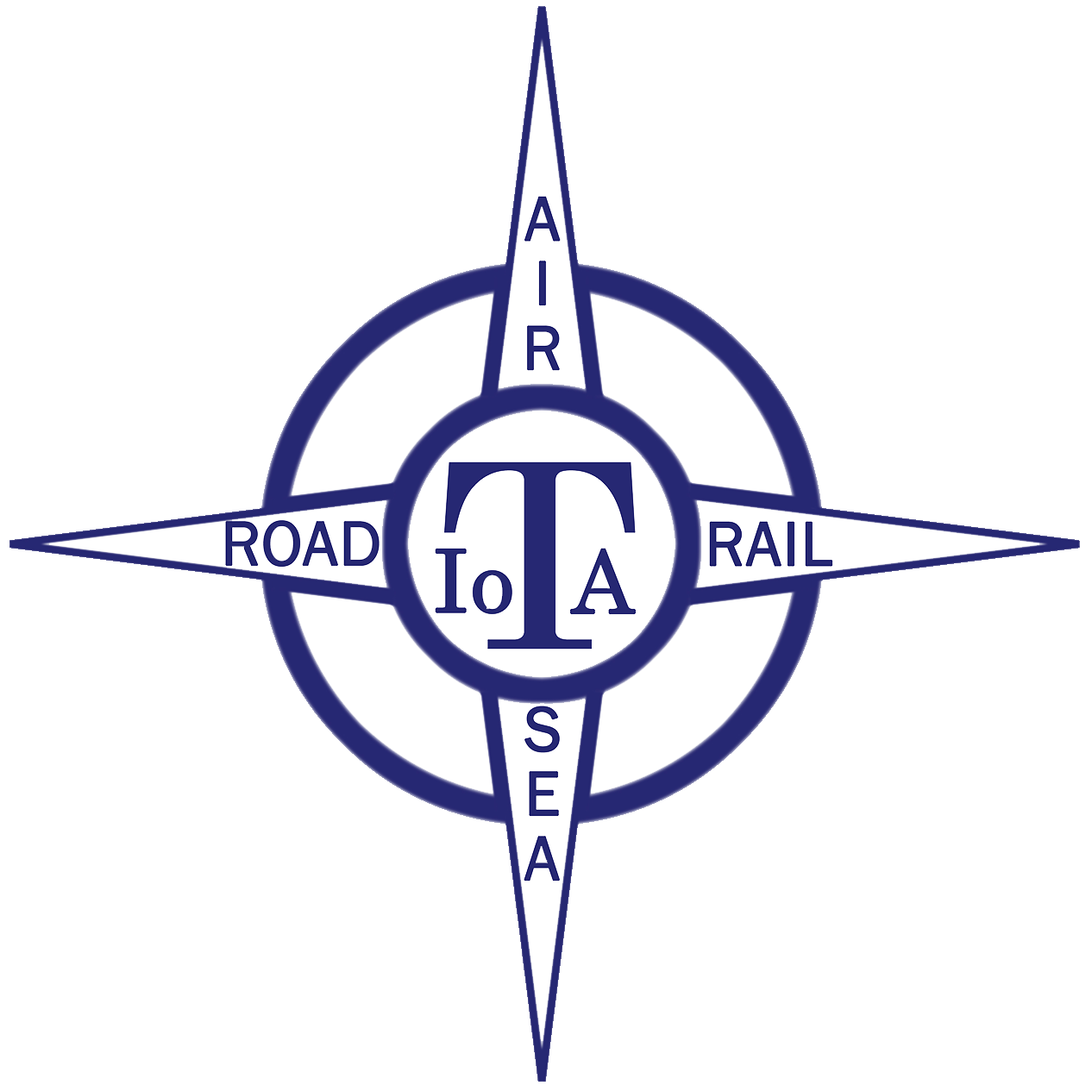
Thorough risk-management and sharing of best practice is advised in light of recent bus bridge strike incidents
After several bus bridge strike incidents have made headlines in recent weeks, the Senior Traffic Commissioner has issued another plea to operators to take preventative action.
In a response to routeone, newly appointed Kevin Rooney also says the industry could fix the problem by pooling knowledge.
Twenty people were injured – three seriously – when a double-decker hit a bridge in Eccles, Greater Manchester, on 21 July. One day later followed a similar incident in the region that was thankfully much less severe in terms of injuries.
Adverse headlines for the sector also came on 9 July when a converted VIP ‘party bus’ hit a bridge in Wigan.

Every potential risk needs to be ‘identified and controlled’, says Kevin Rooney, Senior TC
On 5 June, a trainee was said to have been driving a bus without passengers when it collided with a bridge in south London.
Although these incidents hit national headlines relatively rarely, they occur frequently. Network Rail reported 1,532 bridge strikes in the year to 31 March 2024.
Although only 40-50 of these per year involve a coach or bus, with the vast majority involving HGVs, the human cost for each can be greater with PSVs – not to mention the significant implications for the operators involved.
Senior TC responds
Mr Rooney says: “I am aware that some of the large operators have put a lot of effort into getting to the bottom of bridge strikes, including paying for external specialist research into why drivers who hit bridges allowed that to happen.
“Others have invested in clever technology. Excellent work is being done in pockets and maybe there is more that the industry, perhaps through the Confederation of Passenger Transport (CPT), could do to share experiences from these various initiatives. This industry can fix the problem if it pulls together.”
This industry can fix the problem if it pulls together – Kevin Rooney
CPT Operational Technical Executive, John Taylor – while not responding directly to Mr Rooney – points out the sector is “very active” in this regard.
He notes that most, if not all, large operators have deployed on-board technology that warns drivers by use of GPS.
This may help account for bridge strike numbers being down from 1,825 in 2019-20. Mr Taylor also observes the legal requirement for height markings in the cab, as well as running boards which use a different colour if the route involves a low bridge.
He adds: “Every bridge strike is one too many but, thankfully, the number of PSVs hitting bridges remains relatively low, at 50 per year.”
Covering every risk
Mr Rooney urges operators to have in place “holistic practices” to combat the problem. He elaborates: “We mean that every potential risk needs to be identified and controlled.
“Those risks include drivers taking the wrong route, forgetting they are driving a double-decker, or simply not having their mind on the job due to external factors that operators, as employers, should make sure they are aware of.
“There are plenty more risks, and operators need to do their best to identify each and every one and put control measures in place.”
Similar caution is urged by Network Rail, which estimated the cost of bridge strikes in 2023-24 to be around £20 million.
A spokesperson says: “Bridge strikes not only cause serious safety issues for road and rail users, but they also delay tens of thousands of passengers while we inspect the bridge and repair any damage – creating cost from public funds which should be used upgrading and improving our network.
“We urge operators and drivers to properly plan their routes, know the height of their vehicles, and be vigilant for road signs showing the height of bridges.”
Tech and causes
Robert Sykes, Director of Business Development at MTS, supplier of Ioki Route, believes that product offers a solution to prevent bridge strikes. He thinks false alarms can lead to drivers ignoring warnings from technology.
“You might be on a road next to a low bridge or not even going under that bridge and it will warn you, so they learn to ignore some of this technology,” he says, highlighting Ioki Route’s selling point to get around this.
Liam Barber is Sales and Marketing Director at Parksafe Group. Its Low Bridge Detection System has a database of up to 3,750 low bridges in UK and Ireland and warns the driver via GPS and geofencing.
We don’t want the drivers becoming complacent and reliant on technology solely – Liam Barber
However, he cautions against over-reliance on technology, insisting drivers and operators need to undertake due diligence elsewhere. “We don’t want the drivers becoming complacent and reliant on technology solely,” he says.
Mr Rooney says the causes are a question for the industry to address, adding: “My instinct is that drivers are less careful when running empty back to base, for example. But that is not based on proper statistical analysis.
“This is a complex problem and that analysis is needed before solutions can be identified. What I can say is that I am yet to meet a driver who woke up one morning and thought, ‘I know, I’ll drive a bus into a bridge today.’”
Source: RouteOne
